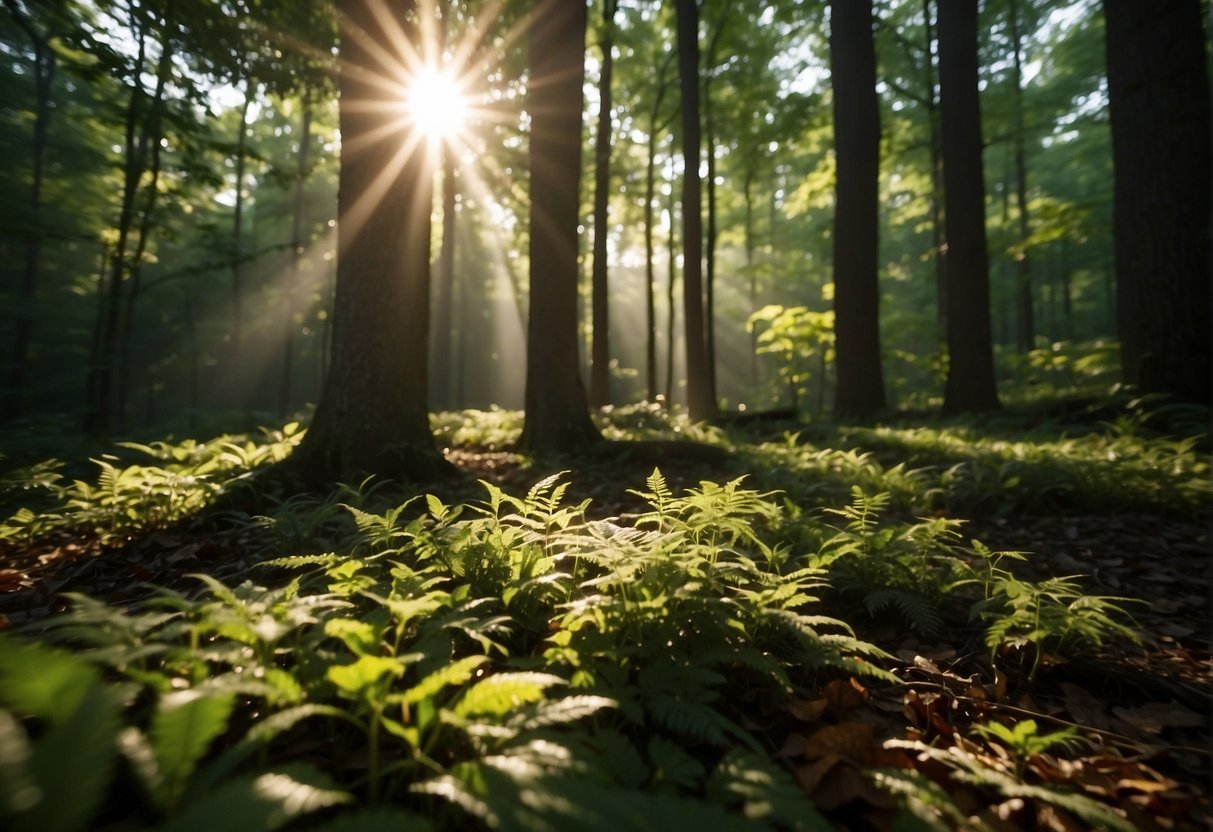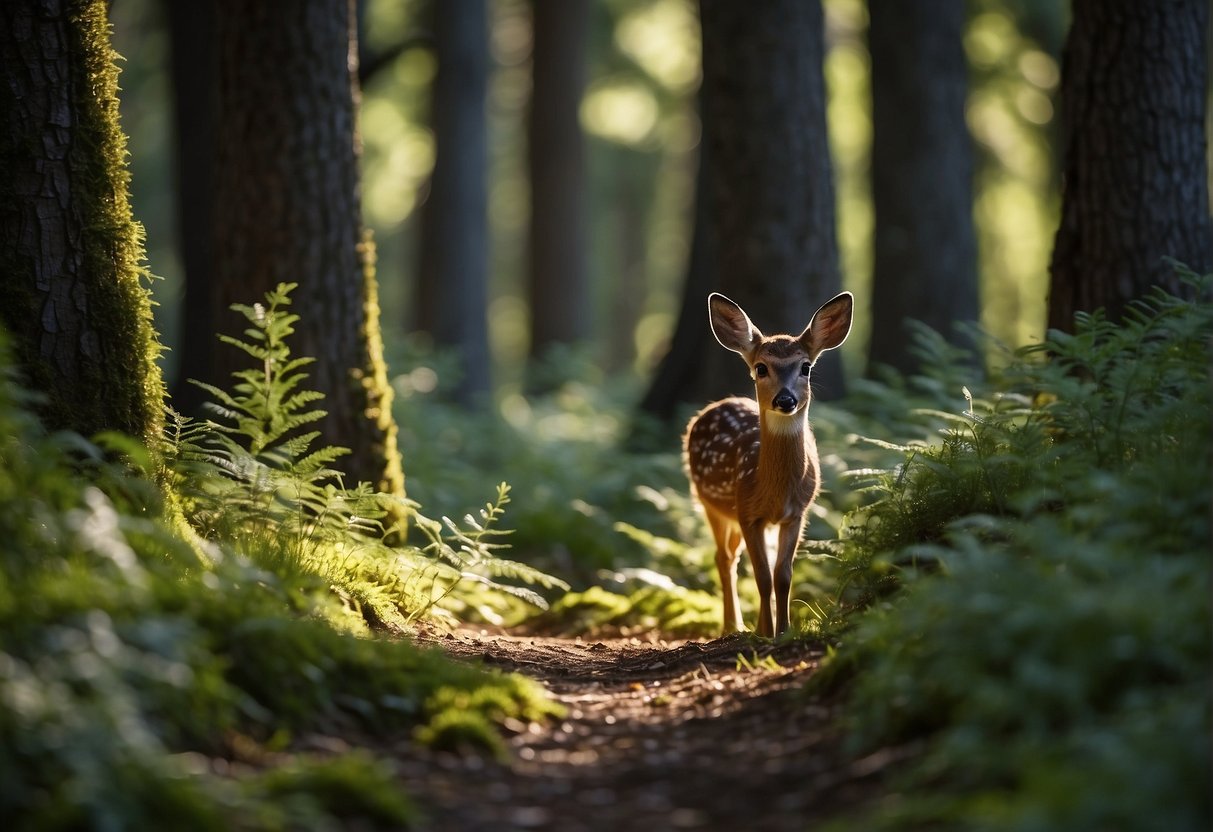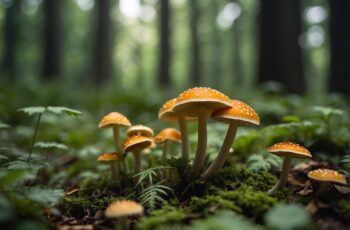Determining if today is a good day to hunt can revolve around several factors, particularly the behavior of the game you’re tracking. White-tailed deer, for instance, are crepuscular, meaning they’re most active during dawn and dusk. Your chances of success can increase if you plan your outing around these times. Weather plays a crucial role too; deer movement is often higher on days following a period of bad weather, as they venture out to feed.

In terms of seasonality, specific times of the year offer prime hunting opportunities. The pre-rut and rut phases in the deer season are when bucks are on their feet searching for does, making them more predictable and increasing your likelihood of a successful hunt. However, it’s not just about when but how you hunt. Combining your knowledge of the best times to hunt with proven tactics like scent control and silent movement can make any day a potentially good hunting day.
Remember, local regulations matter as well. Most states have specific legal hunting hours, typically around 30 minutes before sunrise to 30 minutes after sunset. It’s essential you’re familiar with and adhere to these to not only abide by the law but to ensure you’re hunting at times when deer are legally huntable and most likely to be active. With the right approach, today could very well be your day for a fruitful hunting experience.
Understanding Deer Behavior
To successfully hunt deer, knowing when they are most active is key. You’ll need to understand the science behind their movement patterns and how the rut influences their behavior.
The Science of Deer Movement
Deer activity varies throughout the day and is influenced by several factors. As crepuscular creatures, deer are most active during twilight hours—dawn and dusk. During these times, deer move to feed, which can be prime hunting times for you. However, this pattern can shift; in heavily hunted areas, deer might adapt by becoming more nocturnal to avoid danger. Additionally, weather conditions and seasonal changes heavily impact these movement patterns. For instance, deer tend to move more on cooler, overcast days.
- Early Season: Limited deer activity, mostly during twilight.
- Pre-Rut: Increased activity and range as bucks begin to search for does.
- Rut: Highest level of movement—bucks are in search of estrus does.
- Post-Rut: Decreased movement; deer recover and feed.
Deer Hunting and the Rut
The rut is a period of intense deer activity and the best time for you to hunt mature bucks. It typically spans several weeks, with peak rut dates varying by region but often occurring in the fall. During this time, bucks become less cautious as they search for does in estrus, presenting more opportunities for hunters.
- Seeking Phase: Bucks start to roam, seeking out does; prelude to the rut.
- Chasing Phase: Visible deer movement increases as bucks pursue does.
- Peak Rut: Does are in estrus; bucks are actively breeding and can be seen day or night.
- Lockdown: Bucks may be less visible as they hunker down with does to mate.
Understanding these periods and their typical rut dates is crucial for planning your hunt. Biologists can provide local rut predictions, but note that the exact timing can be affected by weather, moon phases, and herd dynamics. Patience is vital during the lockdown phase, as bucks and does pair off, reducing visibility. However, post-lockdown, mature bucks may be back on the move to feed and recover, creating additional hunting opportunities for you.
Remember, your knowledge of deer behavior can set the stage for a successful hunting affair; study their habits, master your timing, and you’ll enhance your chance of a rewarding hunt.
Timing Your Hunt

When planning your hunting excursion, your success can be heavily influenced by your ability to strategically time your outings. Factors like the time of day and moon phases play crucial roles in animal activity patterns, so understanding these elements can be a game-changer.
Best Times to Hunt
The best time of day to hunt deer is during the low light conditions of dawn and dusk. Wildlife is generally more active in the cooler twilight hours, and deer are no exception. Research and observations suggest that you’ll have higher chances of encountering deer during:
- Dawn: The first hour of daylight
- Dusk: The final hours before darkness
Here are some specifics to guide you:
- Sunrise: Plan to be in your stand or blind before the sun edges over the horizon.
- Sunset: Stay until the very end of legal shooting light for the best odds.
The solunar theory also indicates that deer are more active on days where a major or minor feeding time occurs close to sunrise or sunset. For precise times based on your location, you can review details on best hunting times by zip code.
Moon Phases and Hunting
Moon phases can affect wildlife activity, and by extension, your hunting success:
- Full Moon & New Moon: Traditionally seen as peaks in deer activity.
- Last Quarter: May result in a shift towards daytime movement.
The impact of moon phases on hunting can be nuanced. Deer movement has been noted to increase during the days close to a full moon and the week following a new moon. Utilize a deer hunting lunar calendar for tailored advice.
During the rut, which usually peaks around early to mid-November, moon phases are less impactful, as deer are more driven by mating instincts.
Keep an eye on lunar patterns and compare them with your experience. While you’re at it, enjoying the serenity of nature under different moon phases can be an added bonus to your hunting adventures.
Weather Impacts on Hunting
When planning your hunting trip, understanding how weather conditions and barometric pressure influence deer activity can significantly increase your chances of success. Let’s dissect how these elements come into play.
Optimal Weather Conditions
For white-tails and other game, cooler temperatures usually spell increased activity, especially during daylight hours. This is prime time for you to be in the stand. Mornings and evenings offer you cooler ambient temperatures which align with peak movement periods for deer. Light precipitation, like a gentle rain or snow, often encourages deer to feed and move, providing you with ideal hunting opportunities. Keep an eye on the skies, as a mix of clouds and sun can also impact deer movement and your hunting success.
Barometric Pressure and Deer
Shifting barometric pressure is another critical weather element in your hunting strategy. Deer are sensitive to changes in pressure; a dropping barometric pressure often precedes a storm, prompting deer to feed and move before bad weather hits. Conversely, a rising barometric pressure post-storm can also signal deer to resume normal movement patterns. Time your hunts just before a pressure change for your best shot at bagging that trophy buck.
Remember, different weather elements interplay to either hinder or improve your hunt. Your awareness of these factors equips you for making informed decisions in the field.
Hunting Regulations and Ethics
In the realm of hunting, staying informed on the latest regulations and practicing sound ethics are non-negotiable for a successful and lawful experience, especially if you’re planning to hit the public lands during prime months like October, November, and December.
Legal Considerations
Before you set up your treestand, it’s essential to know that hunting regulations vary by state and are in place to ensure sustainable wildlife populations and fair chase. Consult with state biologists to understand specific restrictions, such as permitted hunting hours aligned with deer feeding times. If you’re a deer hunter, ensure your knowledge of local laws is up-to-date, as these can change from year to year.
- October to December: Peak deer hunting seasons across many states. Check local provisions.
- Learning the ropes: State agencies often provide resources and courses for hunters.
Responsible Hunting Practices
Responsible hunting practices are the hallmark of an ethical outdoorsman. This means not only adhering to legal frameworks but also engaging in behaviors that respect the animal and the environment. For example, using a treestand responsibly restricts human scent and minimizes ground disturbance, making your deer hunt more ethical and effective.
- Feeding times: Schedule your hunts around deer activity for ethical engagement.
- Treestand use: Employ elevated stands for a better vantage point and lesser impact on immediate surroundings.


